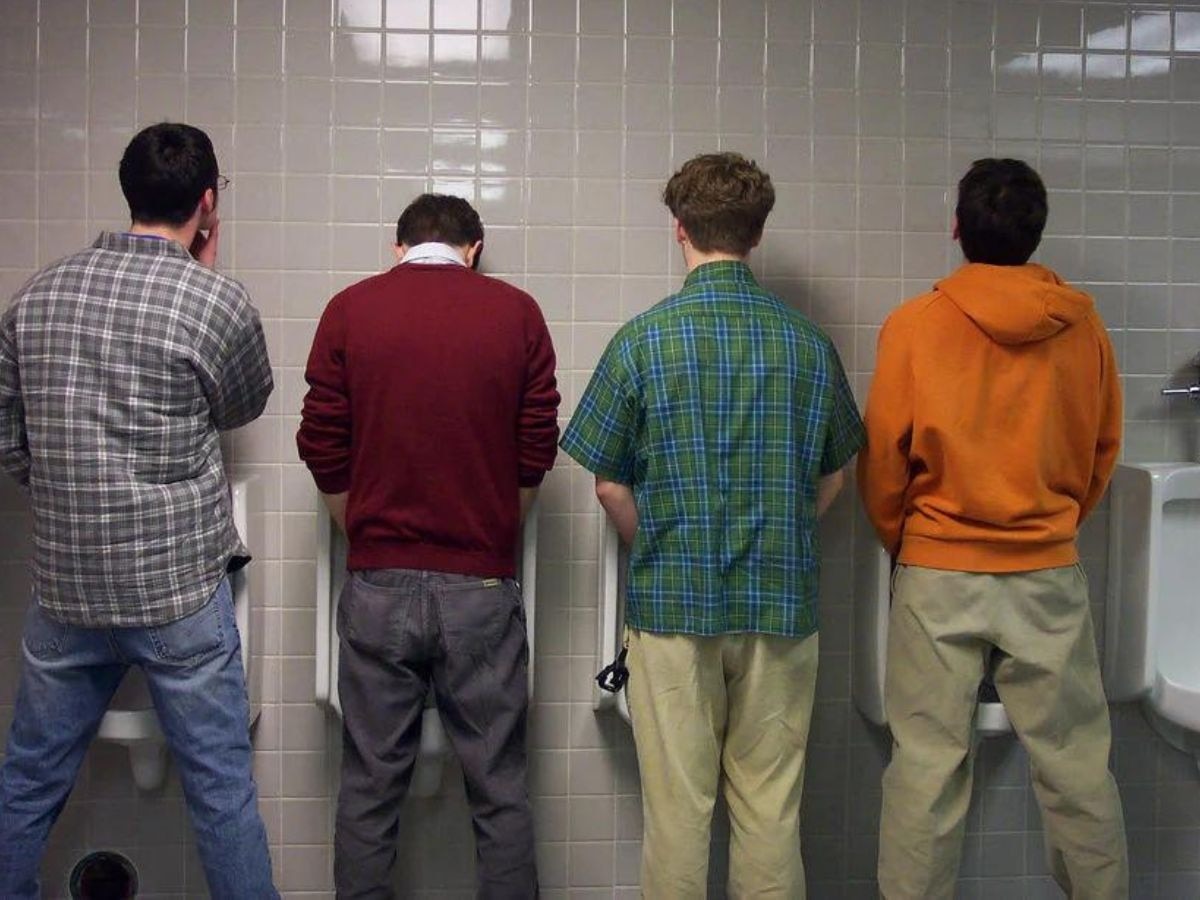 Overcoming Shy Bladder Syndrome: A Psychological Perspective
Overcoming Shy Bladder Syndrome: A Psychological Perspective
If you’ve ever felt uneasy about using public toilets, sensing that others may be watching or listening, hindering your ability to urinate, you might be experiencing Shy Bladder Syndrome, also known as Paruresis. This psychological condition creates difficulty in urination due to feelings of embarrassment, anxiety, or social fear. It can affect both men and women, cutting across age groups, and has a significant impact on daily life.
Understanding Shy Bladder Syndrome
Shy Bladder Syndrome is a psychological challenge where the fear of being observed or judged hampers the ability to urinate comfortably. While the exact causes remain unclear, it is often associated with social anxiety, performance anxiety, or childhood traumas. This condition can profoundly affect an individual’s life, leading to avoidance of social activities, difficulties in travel, and potential disruptions at work or school. It is commonly observed in the 12-30 age group, and while treatment is often possible, severe cases may require psychological counseling.
Factors Contributing to Shy Bladder Syndrome
Social Stigma and Pressure
The societal expectations around bathroom habits can contribute to the development of Shy Bladder Syndrome, especially when one feels the pressure to conform to perceived norms.
Childhood Traumas
Negative experiences related to toilet training during childhood can leave lasting psychological impacts, potentially leading to Shy Bladder Syndrome in adulthood.
Performance Anxiety
The fear of being unable to perform the act of urination in public settings can create a cycle of anxiety, making it increasingly challenging to overcome Shy Bladder Syndrome.
Real-life Cases of Shy Bladder Syndrome
The Baroda Incident
A 10th-grade student in Vadodara, Gujarat, repeatedly suffered from persistent fever, finding no relief even during medical treatment. Later, it was discovered that she was a victim of Shy Bladder Syndrome, illustrating the severe impact it can have on one’s life.
School Dropout Due to Urinary Distress
In another case, a 9th-grade boy stopped attending school because he couldn’t use the school restroom. His urinary bladder had expanded to the point where he could accumulate twice the normal urine volume.
Teaching Bathroom Habits to Children
Importance of Social Environment
Educating children about bathroom habits should go hand in hand with fostering a positive social environment. Encouraging open conversations at home can positively influence a child’s mental health.
Impact on Mental Health
The discussions about using toilets at home can inadvertently affect a child’s mental health, potentially shaping their mental well-being in the long run.
Treatment Options for Shy Bladder Syndrome
Cognitive-Behavioral Therapy (CBT)
CBT is a widely used therapeutic approach that helps individuals reframe negative thought patterns and develop coping mechanisms for overcoming Shy Bladder Syndrome.
Exposure Therapy
This technique involves gradually exposing individuals to the feared situation (e.g., public restrooms) to desensitize them, enabling them to overcome their anxieties.
Training in Bathroom Habits
Educating individuals on healthy bathroom habits and gradually exposing them to different environments can help alleviate the symptoms of Shy Bladder Syndrome.
Fluid Management
Managing fluid intake and understanding the body’s natural rhythms can contribute to better control over urination, easing the challenges associated with Shy Bladder Syndrome.
Stress Management
Learning stress management techniques can be crucial for individuals dealing with Shy Bladder Syndrome, as stress can exacerbate the symptoms of the condition.
Seeking Professional Advice
In severe cases, seeking advice from a healthcare professional is essential. A doctor can provide personalized recommendations and guide individuals towards the most effective treatment plan.
Shy Bladder Syndrome is a challenging condition that can significantly impact an individual’s quality of life. However, with the right approach and a combination of therapies, individuals can overcome the limitations imposed by this psychological phenomenon. By understanding the contributing factors and seeking appropriate treatment, one can regain control over their bathroom habits and lead a more fulfilling life.
 Suspense Crime Sach Ka Dam
Suspense Crime Sach Ka Dam


